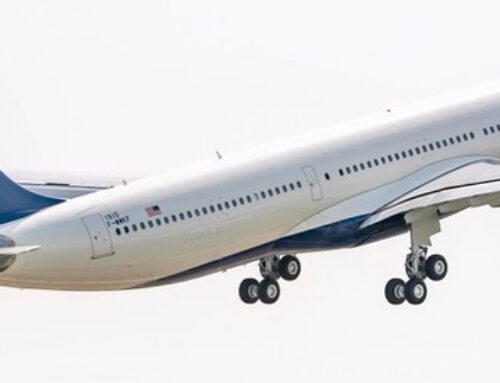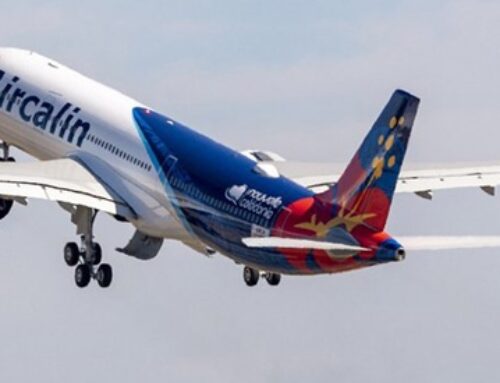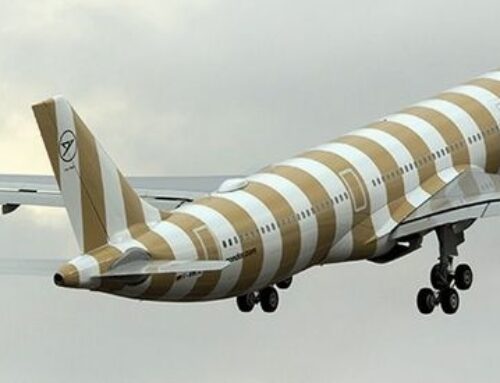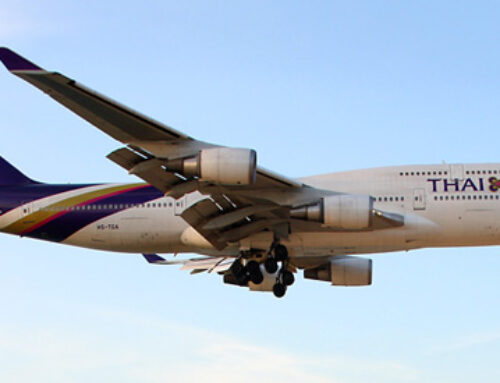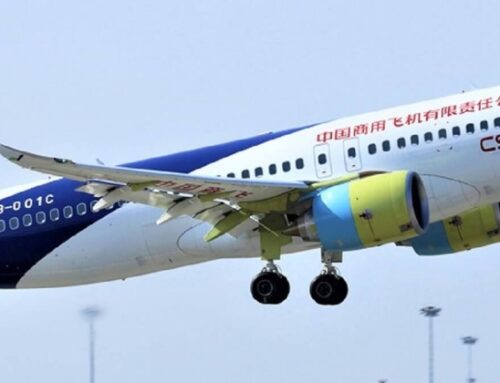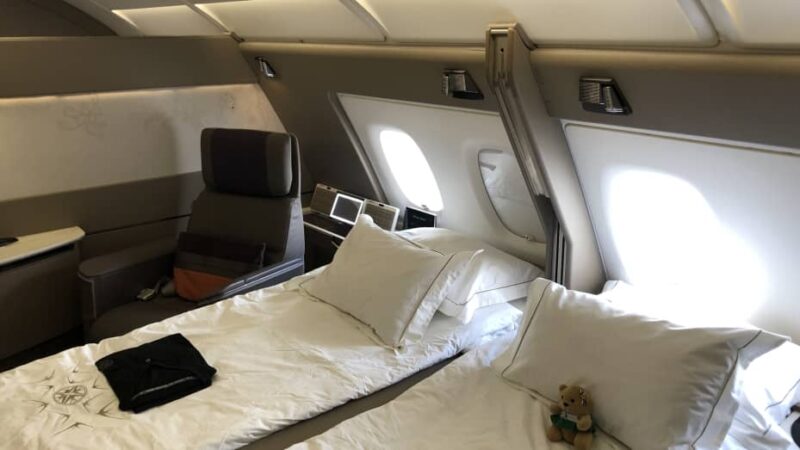
The airline industry’s decades-long pursuit of maximizing seating capacity in economy class is undergoing a transformation as carriers pivot towards catering to high-spending travelers seeking more comfort and space. As passengers like Natalie Rasmussen prioritize roominess over cramped seating, airlines are introducing premium options such as business class and premium economy to entice discerning travelers.
Natalie Rasmussen, an application scientist based in California, exemplifies this trend as she chooses to avoid standard coach seats on long-haul flights. Instead, she prefers the enhanced comfort of premium economy or business class cabins. These cabins provide passengers with greater legroom, larger seat-back screens, and additional perks that bridge the gap between business class and economy. For Rasmussen, the appeal lies in the opportunity to travel comfortably without sacrificing quality.
Carriers are banking on passengers like Rasmussen to boost revenue from premium seats, which command significantly higher fares compared to standard coach tickets. As overall ticket prices decrease and business travel rebounds from the impact of the Covid-19 pandemic, airlines are witnessing a willingness among customers to pay for a more spacious onboard experience.
Airlines are now engaged in an intense competition to equip their aircraft with high-end seats that cater to this demand. The shift in focus is evident in the changing distribution of seating classes. Data from aviation firm Cirium indicates that while economy seats still dominate, their share has slightly declined in favor of an increased percentage of business-class and premium economy seats. Premium economy seats, in particular, have grown from 4.2% to 6.4% of total seats sold over the past five years.
Leading carriers like Delta, JetBlue Airways, United Airlines, American Airlines, Finnair, and Lufthansa have recently introduced upgraded first-class seats, premium economy cabins, and suites with innovative features such as sliding doors. Some premium cabins even resemble luxurious hotel rooms, complete with full-height doors, double beds, and upscale amenities.
This shift represents a recognition that air travel is no longer solely about reaching a destination but also about providing an exceptional in-flight experience. Edward Dryden, president of the interiors unit of Collins Aerospace, a major aircraft seat manufacturer, emphasizes that airlines are selling an overall cabin experience rather than just transportation.
Balancing seating options is crucial for airlines as they tailor their offerings to different routes and passenger preferences. Virgin Atlantic’s CEO Shai Weiss explains that customization is vital, with the airline adjusting its cabin configurations based on factors like traveler demand and route popularity.
This strategic shift towards premium offerings is not just about providing an elevated experience but also about bolstering revenue. Delta, for instance, anticipates that premium ticket sales will contribute 35% of its projected $19 billion revenue this year, up from a 24% share in 2014. This shift highlights how airlines are catering to the evolving preferences of passengers like Rasmussen, who prioritize comfort and quality in their travel choices.

